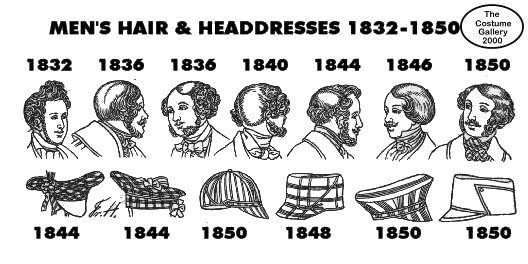12+ Outstanding Medieval German Hairstyles Of Men

At that time Hennin was the most expensive hair-dress styled in styled in cone or steeple shape.
Medieval german hairstyles of men. At night they wore. Medieval Clothing c. The Suebian knot is a hair style associated with Germanic peoples during the iron age.
Many bog bodies recovered in what is now Denmark and northern Germany display this distinct hairstyle. Medieval fashions of the 13th century german prince and noble women - traditional german hairstyles stock illustrations November 2018 Saxony Königstein. Pliny the Elder noted this practice among the Germanic tribes and states that men were more likely to bleach their hair than women.
15th Century Fashion Renaissance Hairstyles Haircuts For Men Male Hairstyles Historical Pictures Art Reference Culture Costumes Hair Styles. During the last decade of the 13th century the popular hairstyle became arranging braided or plaited hair in coils over the ears. Both men and women wore their hair long often braided or in curls.
Crespines too come in its developed form now they were used to gather hair in heads back. Medieval Clothing was one of the more important parts of any ruling empire during medieval times. Silky Shade Medieval Hairstyle.
Fit ex sebo et cinere optimus fagino et caprino duobus modis spissus ac liquidus uterque apud Germanos maiore in usu viris quam feminis. Trimmed in decorative shapes with scented pomades or waxes to secure the style. The crespine was adapted to cover and hold these braided coils in place on both sides of the head.
This hair-dress had wired frame which was covered by fabric and had an attached veil. Men since 1840 until approximately 1865 wore their hair more or less long and became in fashion big moustaches sideburns and beards. Tacitus in his work Germania also describes this knot and associates it particularly with the tribe called Suebi.















